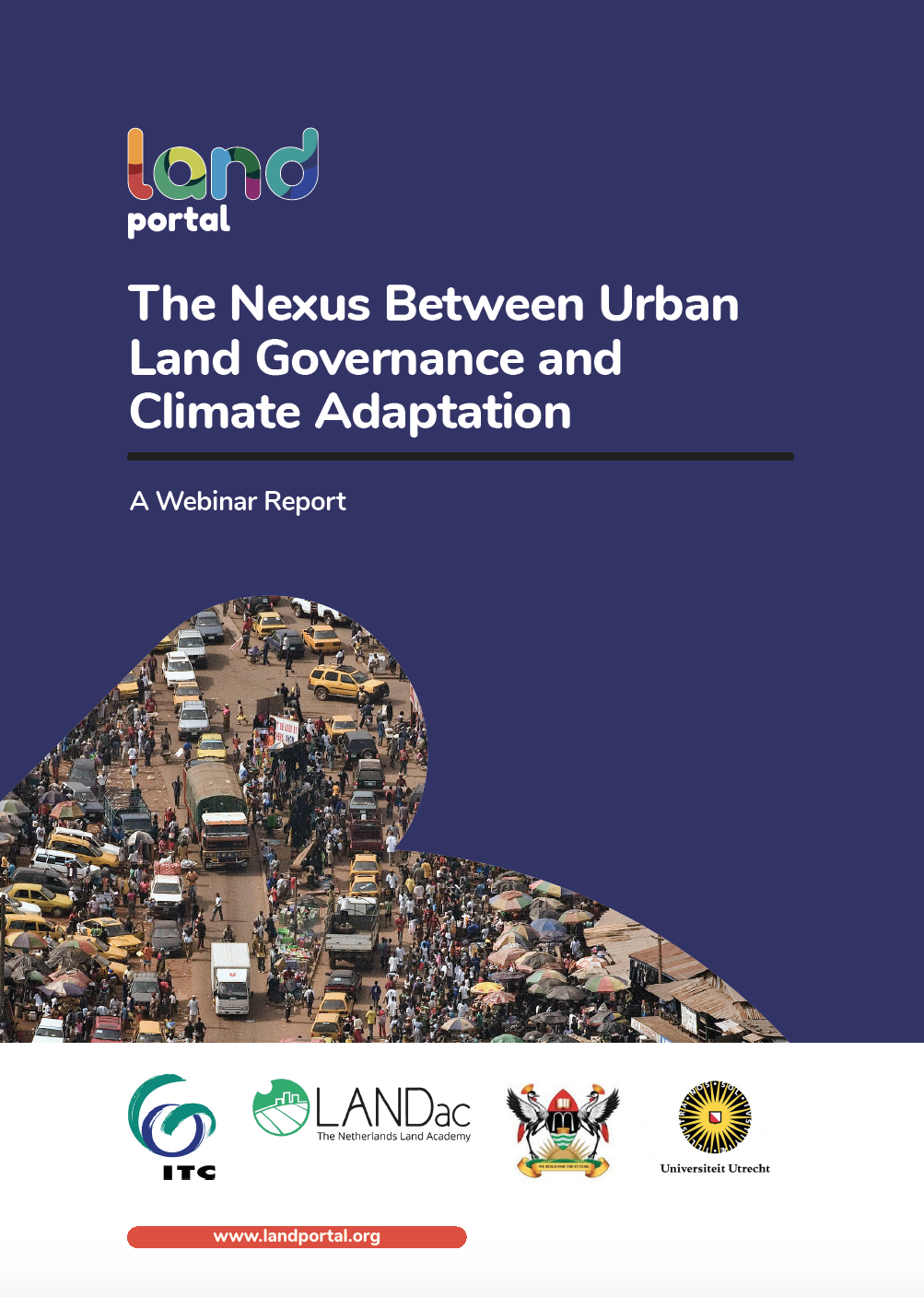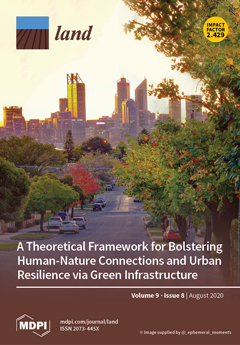Resident or Present? Population Census Data Tell You More about Suburbanization
The present study analyzes population redistribution across metropolitan regions considering together changes over time in the spatial distribution of resident and present population from census data. Considering population dynamics in Athens, Greece, between 1991 and 2011, the results of this study evidenced how the ratio of present to resident population increases more rapidly in urban than rural areas along the last twenty years.




